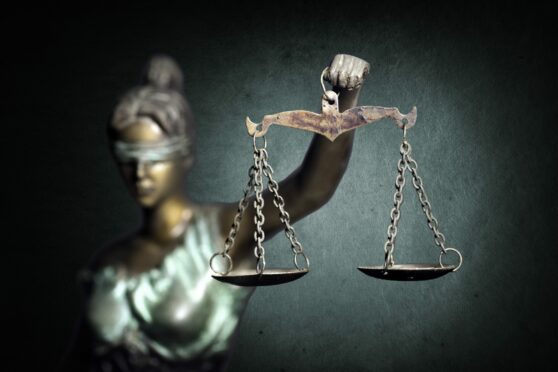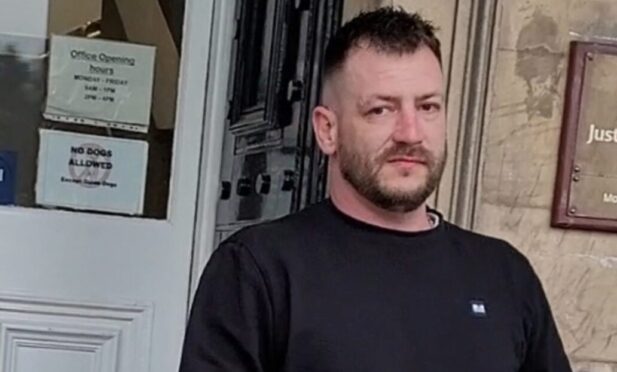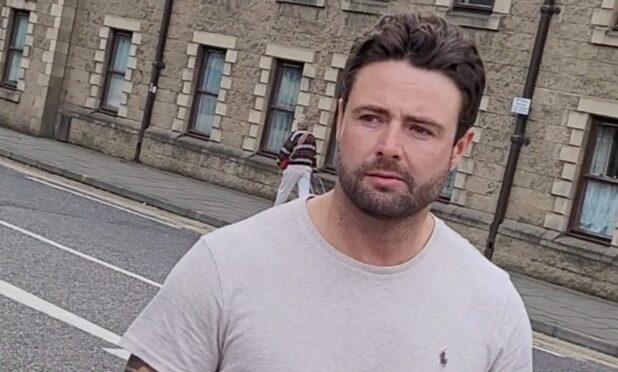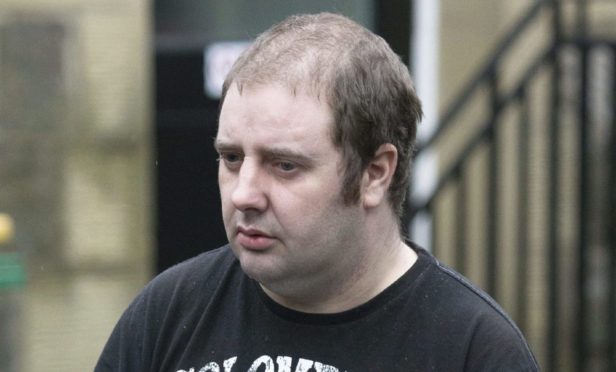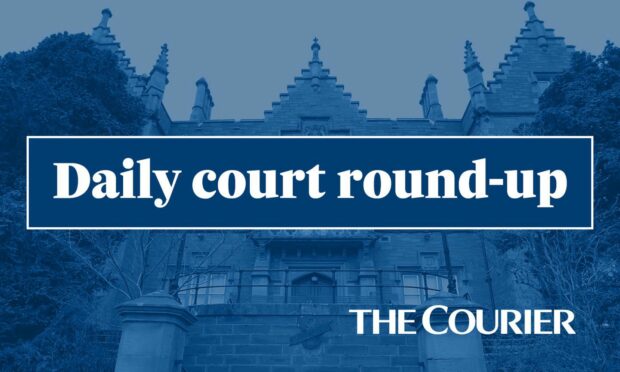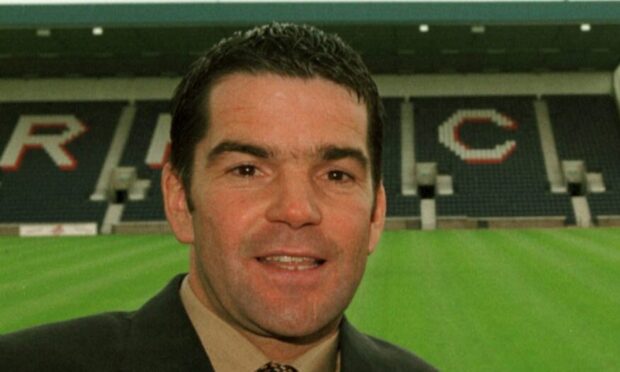A man found guilty by a jury of raping a teenager in Fife was cleared by a judge due to corroboration rules.
Cailan Duchain was cleared of raping the youngster in woods at Burntisland after the judge intervened to overturn the jury’s verdict.
The prosecution relied on the Moorov doctrine, allowing for corroboration to be established through proven a course of conduct when there are no witnesses to the alleged crimes.
In Duchain’s case the jury cleared him of two charges of raping a second girl, removing the corroboration required to convict him of raping the first.
Guilty of one rape, three not proven
Duchain, 24, of Alcester, Warwickshire, had denied committing eight sexual offences against the two teenage girls, including four allegations of rape.
Duchain had lodged special defences to the rape charges at the High Court in Livingston, claiming both girls had consented to having sex with him.
After watching video recordings of the complainers recounting their experiences, jurors returned a majority verdict finding Duchain guilty of raping the 17-year-old girl in 2019.
They returned a unanimous not proven verdict to a second charge of raping the same girl in her home a year later.
The jury went on to return majority verdicts finding two further allegations he had raped a 15-year-old girl in woods and a hotel in Dumfries in 2020 not proven.
He was acquitted of the four charges after the Crown withdrew the allegations.
Accused free to go
Judge Thomas Hughes said because there was no corroboration of the Burntisland rape charge, he had to to instruct his clerk to change their guilty verdict to one of not proven by a majority.
He told jurors: “You were prepared to convict on charge two and not on any other charge.
“As a result of that there can be no corroboration on any of that.
“It looks quite clear from your decision that you do not have the cross check that the Crown had to establish, so there will be acquittals in respect of all of the charges in this case.”
The judge said: “Mr Duchain, the court has acquitted you in respect of all of the charges that you faced and as a result you’re now free to go.”
Duchain made no comment as he left the court.
The Moorov Doctrine
The Moorov Doctrine is based on a Scots law case from 1930 and means prosecutors can use multiple single-witness offences – hence its use mainly in sexual offence cases – to prove a pattern of behaviour.
The original case involved Glasgow draper Samuel Moorov, who was reported by an employee, leading to multiple women coming forward.
He was eventually accused of seven assaults and nine indecent assaults against over a seven-year period.
Their evidence was enough to establish a pattern of behaviour similar in “time, character and circumstance” and Moorov was convicted of four indecent assaults.
If a pattern cannot be established by a majority verdict, the accused will be acquitted.
For more local court content visit our page or join us on Facebook.
